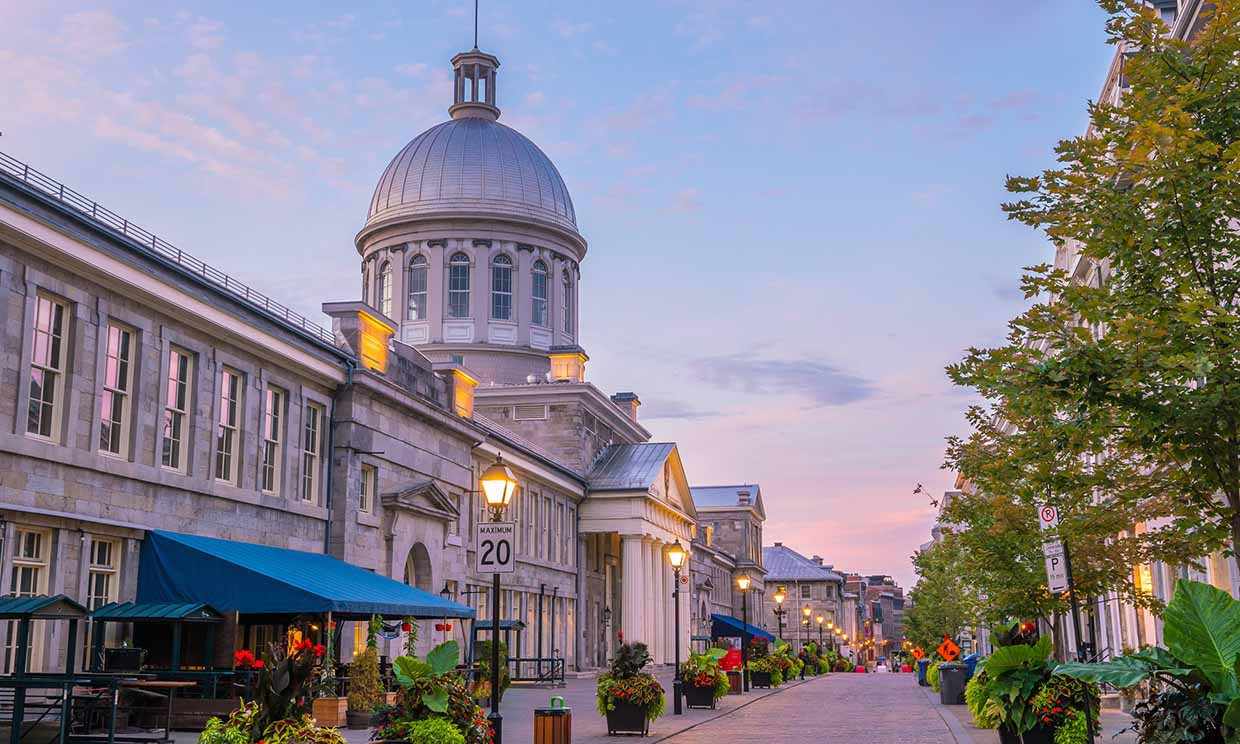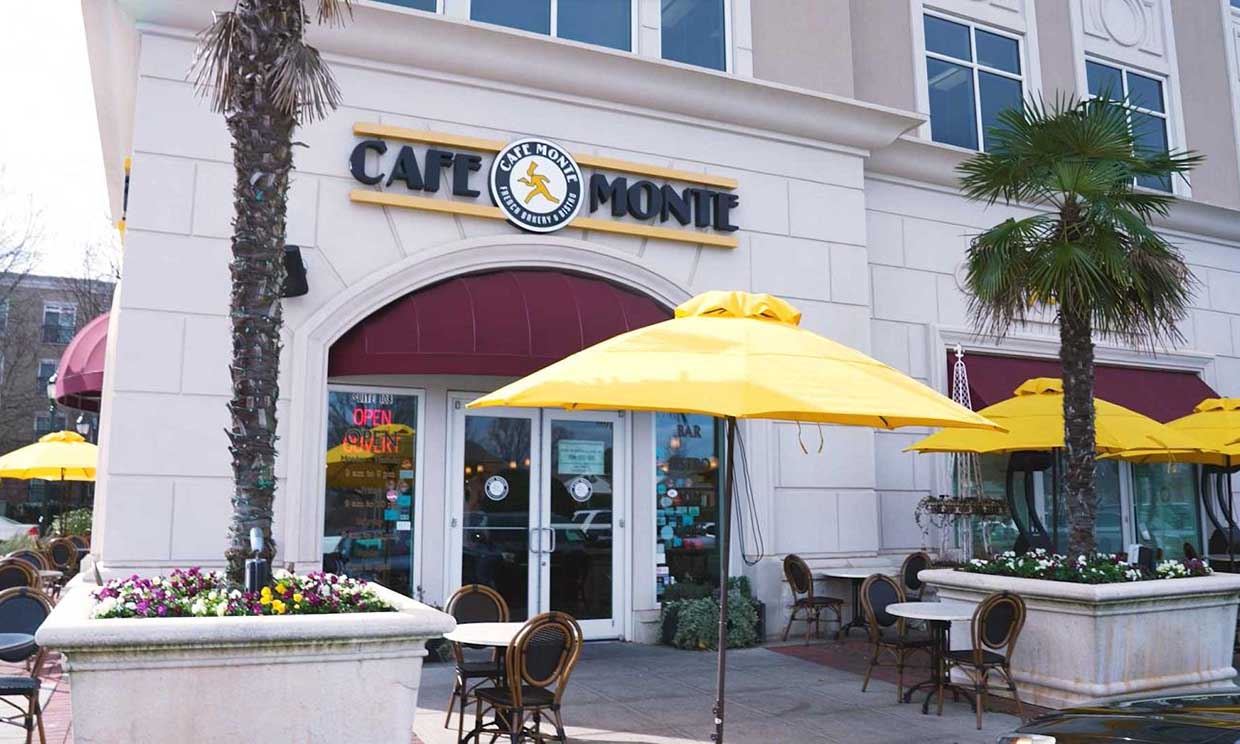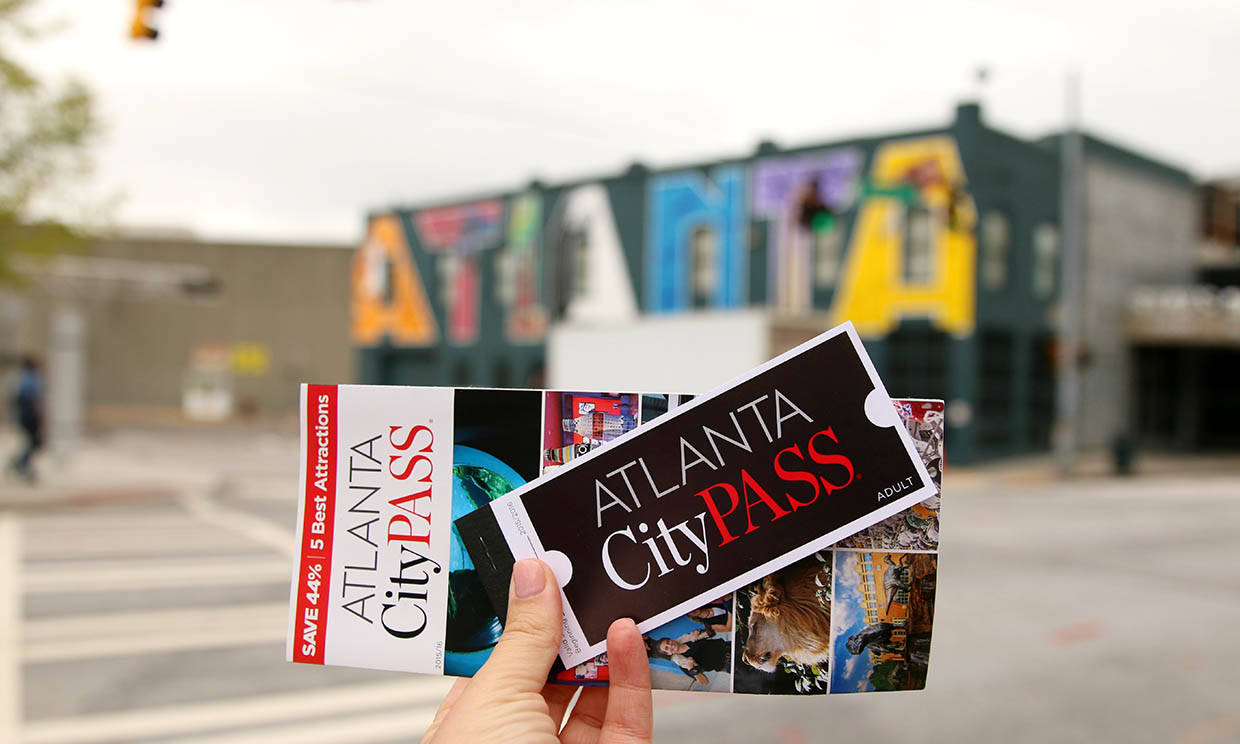Montreal is the kind of city that dazzles you the moment you arrive. Whether you adore European streetscapes, thrive on North American rhythms, or have a deep interest in multiculturalism, there’s always something here that captures the heart. From cobblestone alleys to vivid street art, from architecture blending the old and the new, to a lifestyle that combines French elegance with Canadian openness—Montreal is a place that enchants slowly, but deeply.
If this is your first time stepping into the city, some seemingly minor details can significantly affect your travel experience. I’ve summarized 7 key lessons—some learned the hard way, others pleasantly surprising—to help you plan your first Montreal trip better, avoid the usual tourist pitfalls, and collect more beautiful memories.
1. Choose the Right Area, and Your Trip Will Flow Better
Many first-time visitors book hotels based on cheap prices or pretty photos, only to find themselves in a suburb an hour from downtown. Although Montreal isn’t especially large, it has a fan-shaped urban structure, and each neighborhood feels very different. Picking the right place to stay is crucial for saving time and energy.
Old Montreal (Vieux-Montréal) is the most popular area, with stone-paved streets, historic churches, harbor walks, and museums—perfect for newcomers. You’ll step out of your hotel into a postcard-worthy scene, with cafés and restaurants densely packed, and stunning night views along the St. Lawrence River. The only downside is that summer prices tend to be high.
If you prefer a modern vibe, stay in Downtown (Centre-Ville), especially near Rue Sainte-Catherine. It’s convenient for transit, packed with shops, and within walking distance of art galleries and theaters—ideal for those who enjoy city life.
If you’re on a budget, areas like Rosemont or Plateau Mont-Royal along the metro lines offer great value. They’re full of independent bookstores, cozy breakfast cafés, and neighborhood parks. While not tourist hotspots, the local experience is rich and authentic.
2. The Bilingual City Truth: French Comes First, But English Works
Many assume that Canada is an English-speaking country, and are surprised to hear so much French in Montreal. That’s because the city lies in Quebec, the only province in Canada where French is the sole official language.
In tourist-heavy zones, most staff speak fluent English. But in supermarkets, bus stops, neighborhood diners, or taxis, you might encounter people who only speak French. Fortunately, Montrealers are generally very friendly—say “Bonjour,” and they’ll often switch to English without hesitation.
It’s helpful to learn a few basic French phrases like “Merci” (thank you), “S’il vous plaît” (please), and “Excusez-moi” (excuse me). Even imperfect pronunciation is appreciated. It’s also wise to download an offline French-English translation app, just in case.
3. Food Isn’t a Side Quest—It’s the Main Event
Montreal’s culinary scene is not just diverse—it’s world-class. Here, eating is not simply about filling your stomach; it’s a journey through the city’s cultural tapestry.
If there’s one dish you must try, it’s Poutine—crispy fries topped with cheese curds and gravy. It sounds basic, but every place has its twist—some add smoked meat, duck, or mushroom gravy. La Banquise is a legendary 24-hour spot with dozens of variations on the menu.
Montreal’s Bagels are another point of local pride. Unlike their New York cousins, these are boiled in honey water, denser, and slightly sweet. Fairmount Bagel and St-Viateur Bagel are the two institutions here—expect long lines, but they’re worth it.
There’s also the Jewish-style smoked meat sandwich, duck confit salad at French bistros, handmade pasta in Italian alleys, and even roast duck noodles in the Asian district. If time allows, plan an entire day around eating—exploring food streets is a journey in itself.
4. How You Get Around Shapes Your Energy Levels
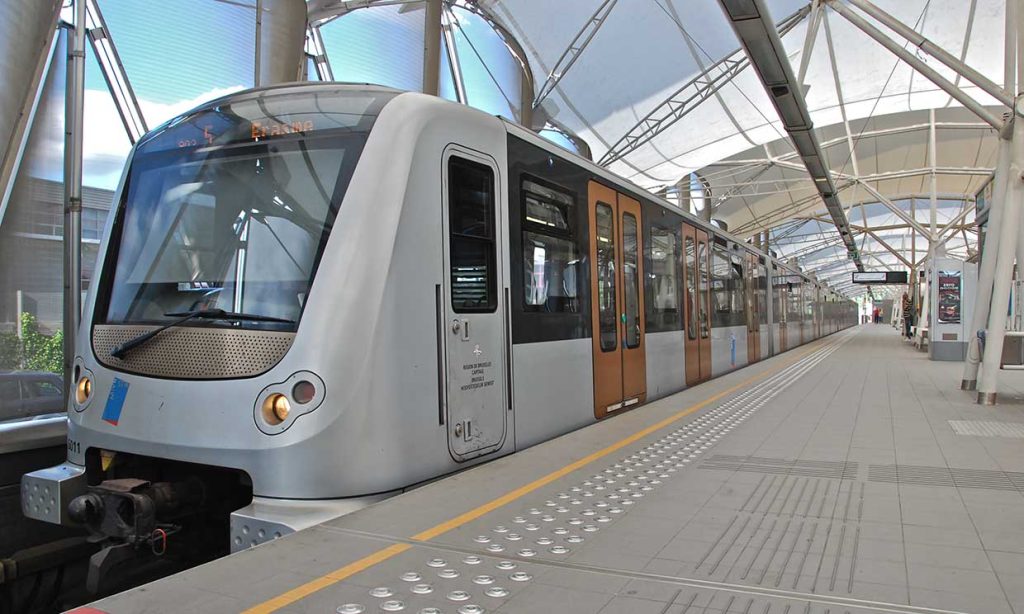
Driving in Montreal is not recommended for travelers. First, downtown roads are narrow and congested, with limited parking. Second, many attractions are close together and better accessed by public transit or on foot. Third, most road signs are in French, which can be stressful for first-time drivers.
The Métro is the most efficient way to get around, with four lines covering major destinations. Stations are clean and safe, with bilingual signage. A single ride costs CAD 3.75, and daily or 3-day passes offer great value.
For shorter distances, biking is a fantastic option. BIXI, the city’s bike-sharing service, operates from late spring to early fall, with numerous docking stations. The paths along Mount Royal and the Lachine Canal offer scenic rides worth every pedal.
Walking is also highly rewarding here—especially in Old Montreal and the Plateau, where alleys hide murals, garden cafés, and vintage shops you’d never discover by car.
5. Unpredictable Weather: Dress Like an Onion
Montreal’s weather is famously temperamental, especially in spring and fall. It can be sunny in the morning and drop 10 degrees with rain by afternoon. Even in summer, mornings and evenings can feel chilly.
Dress in layers—a T-shirt underneath, a light sweater or jacket on top, and a windbreaker or waterproof coat in your bag. Footwear should be comfortable, waterproof, and suitable for uneven stone-paved streets.
In winter (December to February), temperatures often drop below -15°C (5°F), and wind chill makes it feel even colder. Pack a warm down coat, thermal base layers, insulated boots, gloves, and a hat. Choose fabrics that are warm yet breathable, like wool blends or fleece.
Also, check the weather forecast daily. Local weather apps are reliable and can help you adjust your schedule to avoid freezing or overheating unexpectedly.
6. Don’t Rush—The City Moves at a Gentle Pace
Though it’s a large city, Montreal moves with a calm, thoughtful rhythm that often surprises visitors. Life here isn’t about racing from one attraction to the next—it’s about soaking in the atmosphere, engaging with the surroundings, and allowing each moment to unfold. Locals deeply value their leisure time and prioritize balance, whether it’s sipping coffee slowly at a terrace or taking a mid-morning walk through the park. Most cafés open after 10 a.m., and many shops close by 6 p.m.—even earlier on Sundays or during off-seasons. Trying to squeeze in too much will only lead to frustration and fatigue.
Instead of cramming your schedule, aim to explore 2–3 key spots per day, and leave the rest open for spontaneous experiences. Watch the golden hour settle over Mount Royal, stumble upon a live acoustic set in a leafy square, or get lost in a secondhand bookshop filled with vintage treasures. These “in-between” moments—unplanned, unscripted, and fully present—often become the highlights that linger longest in your memory.
And be sure to check the local event calendar. Montreal hosts a vibrant lineup of festivals year-round: in summer, the International Jazz Festival, Just for Laughs Comedy Festival, and a spectacular international fireworks competition light up the city. In fall, there are immersive light shows, harvest-themed food festivals, and open-air art walks. Winter brings dazzling ice sculpture parks, illuminated trails, and ski-themed urban events. Many of these are free, family-friendly, and ideal for first-time travelers wanting to experience the city’s authentic culture.
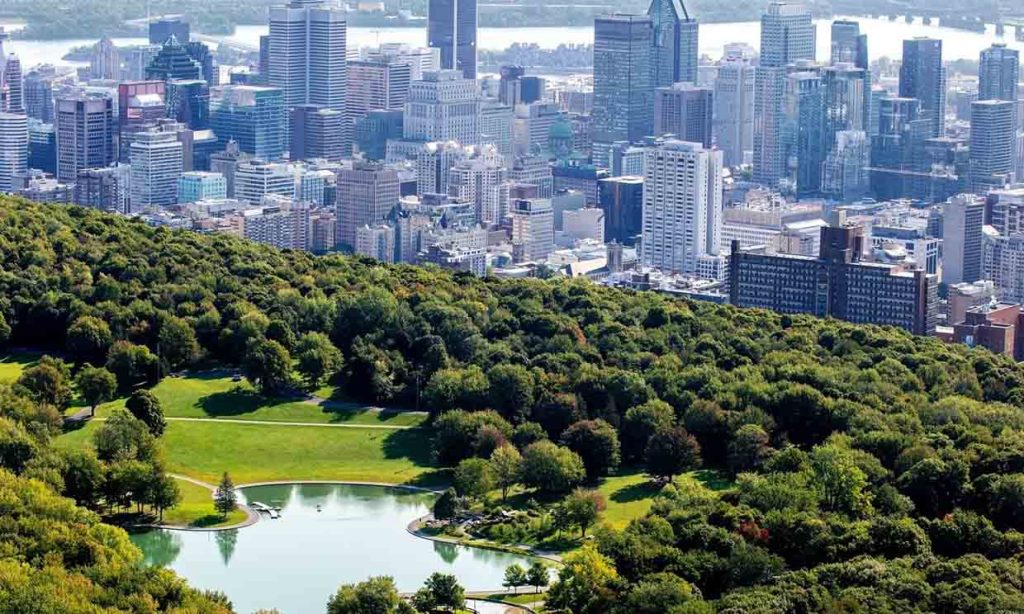
7. Safe City, But Still Stay Alert at Night
Montreal is among the safest cities in Canada. Tourist zones are well-patrolled, and downtown streets stay lively well into the night. Solo travelers usually feel comfortable here.
Still, it’s wise to take precautions. First, watch out for pickpocketing, especially in crowded metro stations or during festivals. Use a theft-proof bag and avoid keeping valuables in outer pockets.
Second, avoid walking through remote industrial areas or dimly lit alleys at night. Stick to main streets or use public transit or Uber, which is reliable and affordable here—often more convenient than traditional taxis.
Lastly, steer clear of street “promoters” who approach you with offers or gifts, especially after dark. Some may try to lure you into shady clubs or scams. A polite but firm “No, thank you” is your best response.
Montreal Is a Journey of the Soul
Your first time in Montreal will mix curiosity with a little uncertainty—but once you understand these seven key details, you’ll find it much easier to connect with the city on a deeper level. The unfamiliar signs in French, the blend of old and new architecture, the slow café mornings and lively street corners—all begin to reveal a rhythm that’s uniquely Montreal. It’s a place that doesn’t rush to impress but slowly unfolds its charm, encouraging you to slow down, observe, and truly feel where you are.
It may not be the loudest or flashiest destination, but Montreal is like a novel waiting to be read slowly—each chapter filled with rich scenery, unexpected encounters, and subtle stories that stay with you long after you’ve left. The people, the sounds, the scents of the city weave together a narrative that’s both intimate and expansive. May your first visit here not be rushed or superficial, but a real immersion into its spirit. May you hear its heartbeat in the music of buskers on cobbled streets, breathe in its rhythm through a warm bagel on a chilly morning, and leave with your own lasting imprint—etched not in photos, but in memory and meaning.
